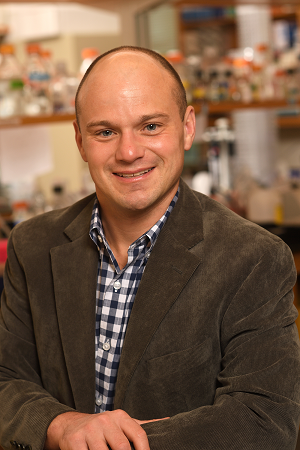My long-term scientific goals are to investigate and better understand neuroinflammatory responses in the diseased brain. I hope to achieve these goals by utilizing genetic mouse models, coupled with immunohistological, biochemical, cellular, behavioral, and gene induction analyses. I am interested in the context by which activation and recruitment of myeloid cell subsets are beneficial or harmful after acute injury and chronic neurological disease. My academic training and research experiences have provided me with an excellent background to approach these issues. As a predoctoral student, I gained invaluable knowledge in mouse genetics by utilizing transgenic mouse models of Alzheimer’s disease (AD) to investigate the underlying causes of abnormal neuronal cell cycle entry and neuroinflammation, events common in AD as well as other neurodegenerative diseases. For my initial postdoctoral training, I secured funding from the Alexander von Humboldt Foundation to perform neuropathological research in Germany. During my time in Germany, I continued to gain experience working with transgenic mouse models. I also become competent in stereotaxic surgery and unbiased stereological quantification of stained brain tissue sections. My research in Tuebingen investigated the potential for circulating monocytes to functionally replace brain-resident microglia in the healthy and diseased brain. While in the Jucker laboratory, I also developed a chemoconvulsant model of epilepsy to track monocyte infiltration into the brain after seizures. In efforts to apply my knowledge of microglia/monocyte biology to study the role of myeloid cells after seizures, I joined the laboratory of Dr. Raymond Dingledine in June 2013 because of the laboratory’s interest and expertise in therapeutically targeting the neuroimmune system. My recent work has identified brain-invading monocytes as a driver of neurodegeneration, neuroinflammation, blood-brain barrier erosion, and morbidity after seizure activity. Given my previous experiences and expertise in AD and seizure mouse models, I am in a unique position to examine the consequences of seizure activity on amyloid burden, neuroinflammation, and behavioral decline.
Nicholas Varvel, PhD
First published on: August 13, 2019
Last modified on: December 22, 2024
